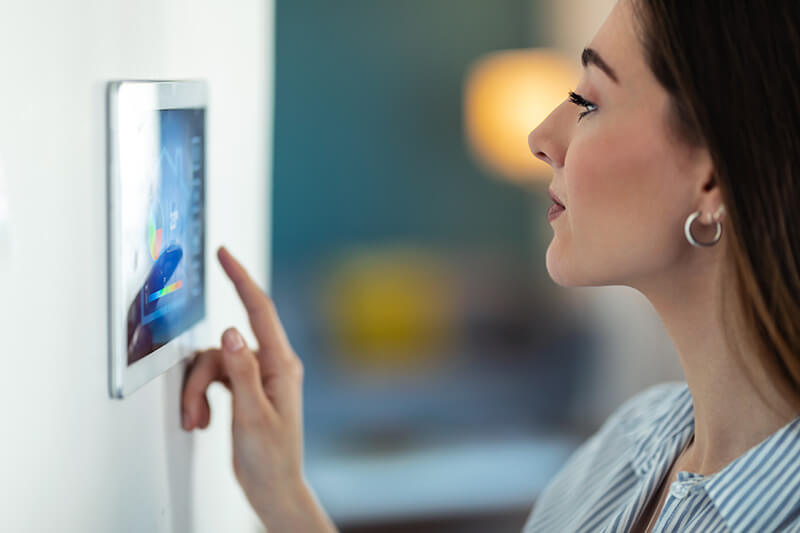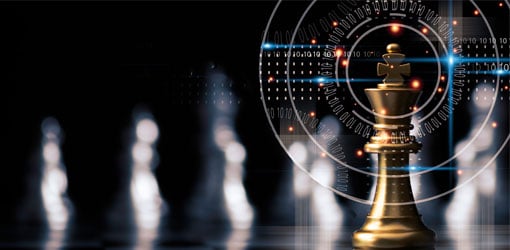Expert Article | Utilities Consulting
Ensuring Success in AMR 2.0 Transformation Projects
The current generation of smart meters is reaching the end of its lifecycle, while legislation, evolving technology, and growing customer expectations are putting pressure on utilities to modernize.
How can distribution system operators (DSOs) navigate this transformation effectively?
The keys to a successful AMR 2.0 rollout are thorough planning, broad expertise, and a structured approach.

Towards the Next Leap in Metering
Roughly 10–15 years ago, the first wave of remote-reading meters marked a major step forward in consumption monitoring. Today, the landscape is changing once again: renewable generation is increasing, customer expectations are rising, and regulatory frameworks are evolving to ensure smarter, more responsive grids.
The upcoming AMR 2.0 transition introduces stricter legal and technical requirements for meter functionality, communication, and data availability. DSOs now face the task of replacing meter infrastructure while maintaining operational continuity and meeting new compliance standards.
Achieving this demands careful coordination — from defining requirements and procuring devices, to integrating new reading systems, updating system interfaces, and managing large-scale installations. Every step requires technical expertise, cross-functional planning, and strong project management to deliver on time, on budget, and with quality.

Key Steps for a Successful AMR 2.0 Project
1. Set Clear Goals
Start by defining what success means for your organization. Are you simply aiming to meet updated legal requirements, or do you see AMR 2.0 as a platform for innovation?
Some DSOs focus on regulatory compliance and risk reduction, while others leverage the project to modernize processes, improve data accuracy, and enable new digital services for customers.
Your goals determine the project scope, investment level, and performance metrics — both for internal monitoring and supplier agreements.

2. Understand and Refine Your Processes
AMR renewal offers an excellent opportunity to reassess and optimize existing processes. For instance:
-
Automating simple customer interactions such as activating the HAN port via a web portal can reduce call center volume and improve satisfaction.
-
Field installation activities can be used to enrich asset and connection point data, ensuring more accurate system information for future operations.
By addressing process gaps during the rollout, DSOs can achieve operational efficiency and improve both employee and customer experience.

3. Maintain Control Over Change
Alongside the mandatory meter replacement, utilities often run multiple projects in parallel — from system upgrades to customer-facing initiatives.
Success depends on maintaining a clear overview of all ongoing changes and their dependencies.
While suppliers deliver key components of the AMR solution, only the DSO can manage the overall coordination and ensure that all moving parts align with business priorities.
A strong internal governance model, supported by expert project management, ensures consistency from procurement to go-live — and beyond.
Looking Ahead
AMR 2.0 is more than a compliance exercise — it’s an opportunity to lay the foundation for next-generation grid operations and data-driven services.
As real-time consumption data becomes available to end customers, DSOs can explore new service concepts and business models.
From predictive load management to advanced customer analytics, tomorrow’s metering data will open doors to innovation that goes far beyond reading intervals or billing accuracy.
Utilities that prepare with a structured and proactive approach today will be best positioned to turn these changes into long-term advantages.

How Utilities Consulting Supports AMR 2.0 Projects
At Utilities Consulting, we help energy companies define, plan, and execute AMR transformation projects with precision and confidence.
Our consultants combine deep energy-industry knowledge with proven ICT and project management expertise to ensure:
-
High-quality procurement and vendor coordination
-
Smooth integration between new metering systems and existing platforms
-
On-time and compliant rollout execution
-
Optimized processes that unlock long-term value
We act as a trusted extension of your team — working side by side from strategy through implementation to ensure successful outcomes.
Ensure your AMR 2.0 project delivers measurable results.
Contact Solteq Utilities Consulting to learn how expert-led planning and project management can turn your metering renewal into a foundation for future-ready operations.
Would you like us to contact you?
Leave us a contact request. We will get back to you as soon as possible.
You can also book an appointment directly with our expert >








